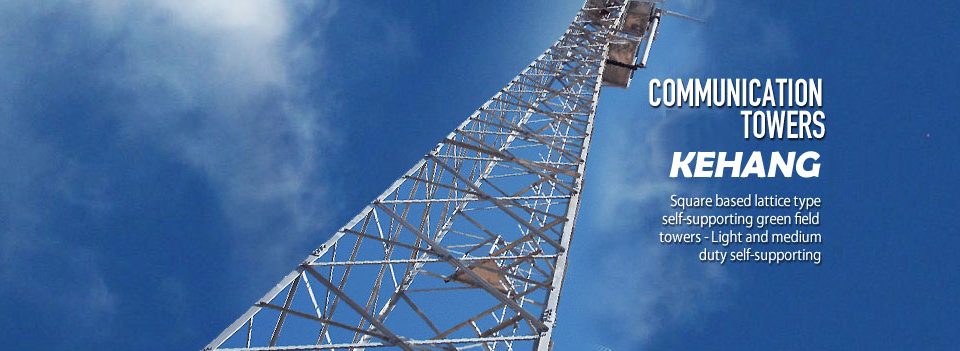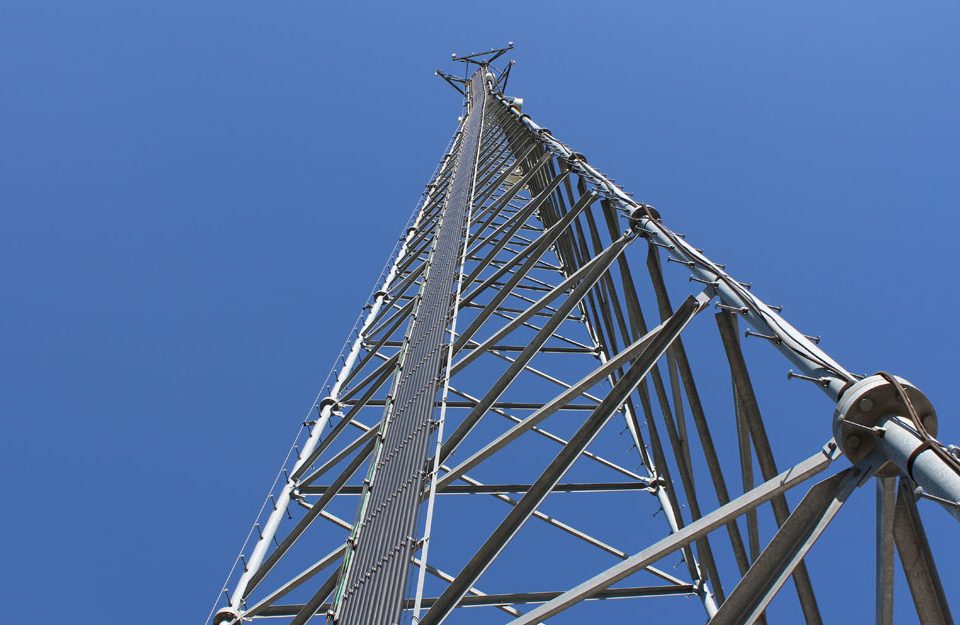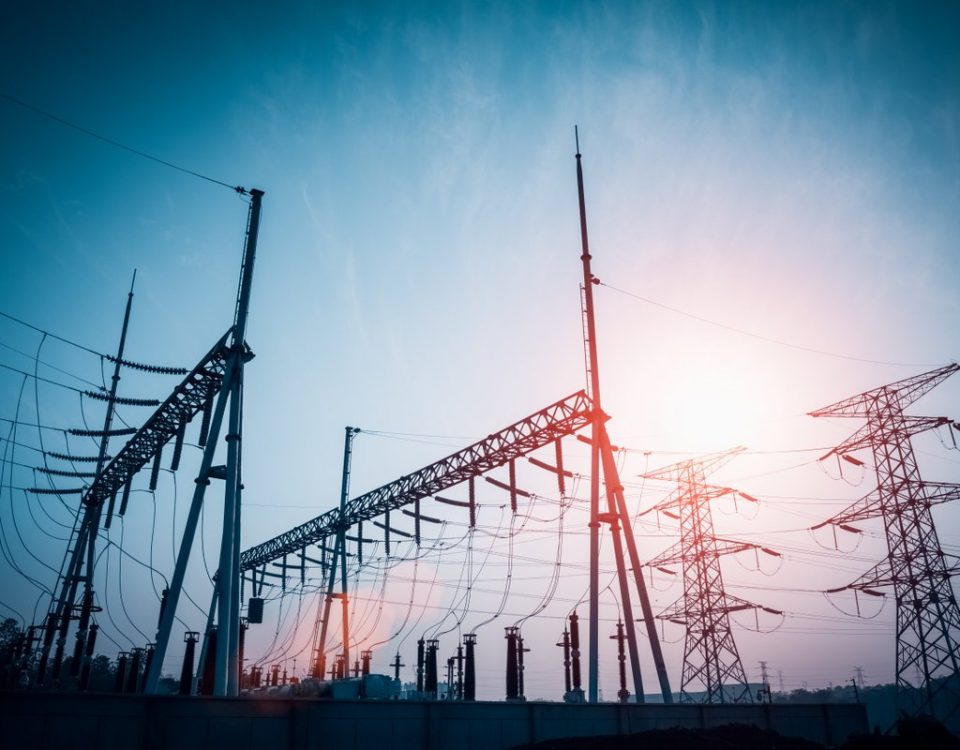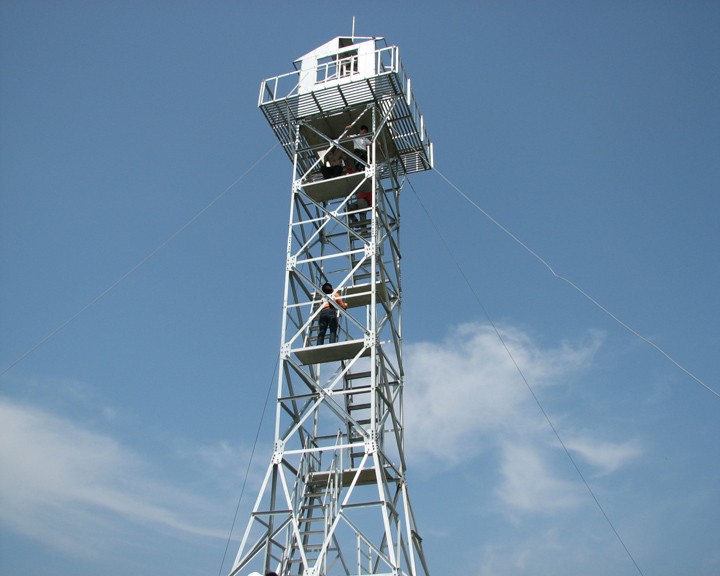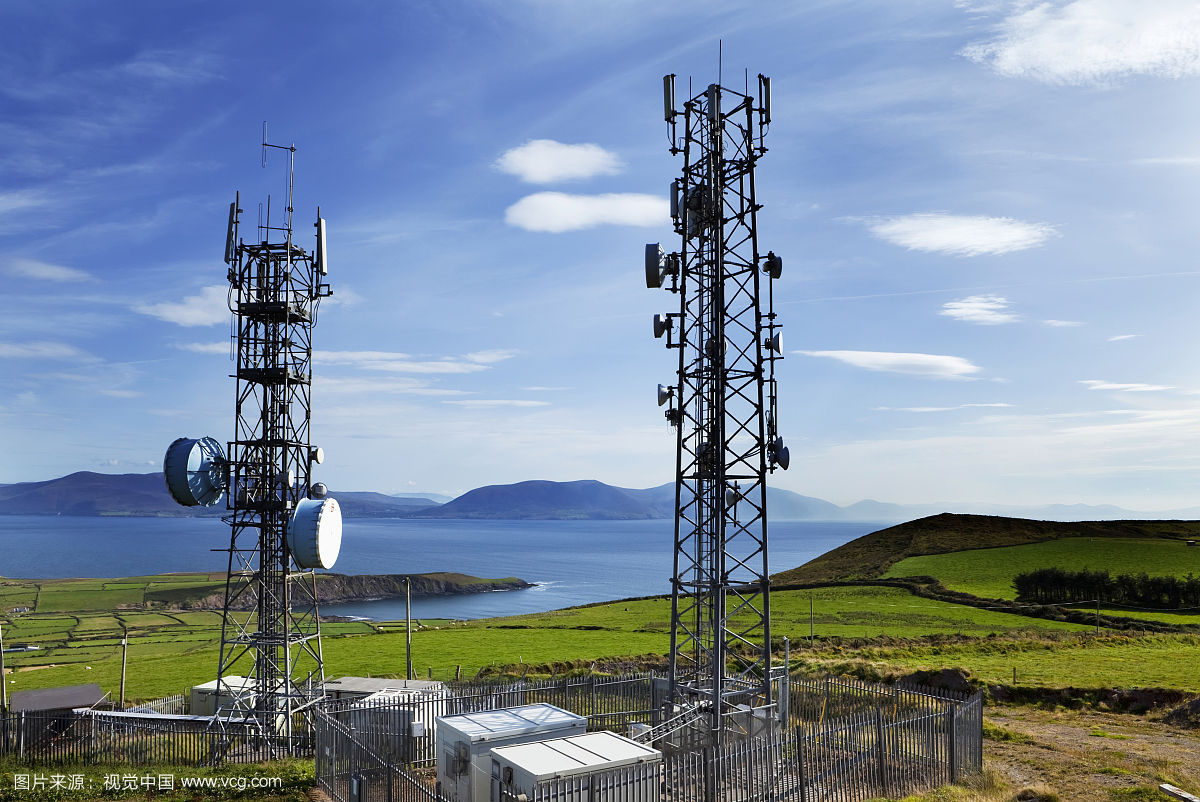Corrosion and Protection of Transmission Steel Structure Tower
Abstract: With the continuous improvement of social and economic development level, China’s power grid construction has also been continuously developed and advanced. Transmission towers are an important part of current power grid construction work, and they play a role in the power transmission process. It plays an important role. However, the transmission tower is mainly located in the external environment and is easily affected by environmental pollution such as rain and the atmosphere. Corrosion may easily occur. This will not only affect the service life of the tower, but also threaten to collapse, affecting the electrical energy. Normal and effective transmission. Based on this, this paper analyzes the corrosion characteristics, causes, and protection issues of the current transmission tower, and proposes an effective strategy to strengthen the protection of the transmission tower.
Introduction: In recent years, with the continuous improvement of the development level of the power industry, the construction of power grids has also become more and more complete. The most important part is the link of transmission towers, which plays an important role in the reliability and safety of power transmission. The anti-corrosion treatment should be strengthened in the process of manufacturing the tower, but the current environmental pollution is becoming more and more serious, and the corrosion intensity of the transmission tower is also continuously strengthened, not only shortening the overall service life of the transmission tower, but also increasing the transmission tower The frequency of protection. Therefore, more and more anticorrosive materials are used in the new era. The quality control and management are strengthened during the coating process, and the protection work quality of transmission towers is continuously improved, so as to ensure the stability of the grid transmission and promote the long-term effectiveness of the power industry. development of.

1. Characteristics and Causes of Corrosion of Transmission Towers
(A) Basic Characteristics of Tower Corrosion
Because the geographical environment and construction period of the tower are different, there are obvious features in the phenomenon of corrosion of the tower, such as: In those areas where the environment is relatively poor, the corrosion phenomenon in the towers is more serious, and if the protection measures adopted are more perfect, it may reduce the degree of corrosion of the tower. Transmission towers are mainly composed of oblique materials, main materials, and auxiliary materials. There are great differences in the specifications and materials of raw materials. Under normal circumstances, the probability of corrosion of the main materials is relatively low, and the corrosion phenomenon occurs in the plate. , diagonal materials and auxiliary materials [1]. At the same time, the corrosion structure of the iron tower also has certain characteristics. The corrosion position of the iron tower is usually prone to occur at the corners of some auxiliary materials and oblique materials. The main reason is that the materials at the corners are affected by the stress, so they are easy to produce. Crack phenomenon. And the corners are also very vulnerable to fluids, especially in the rainy days, it is easy to accumulate some moisture, so that the raw materials have redox phenomenon. In addition, the corrosion phenomenon often occurs in the nails and bolts of the tower. The main cause of this corrosion phenomenon is that the corresponding anti-corrosion measures have not been taken.
(B) Causes of Corrosion in Transmission Towers
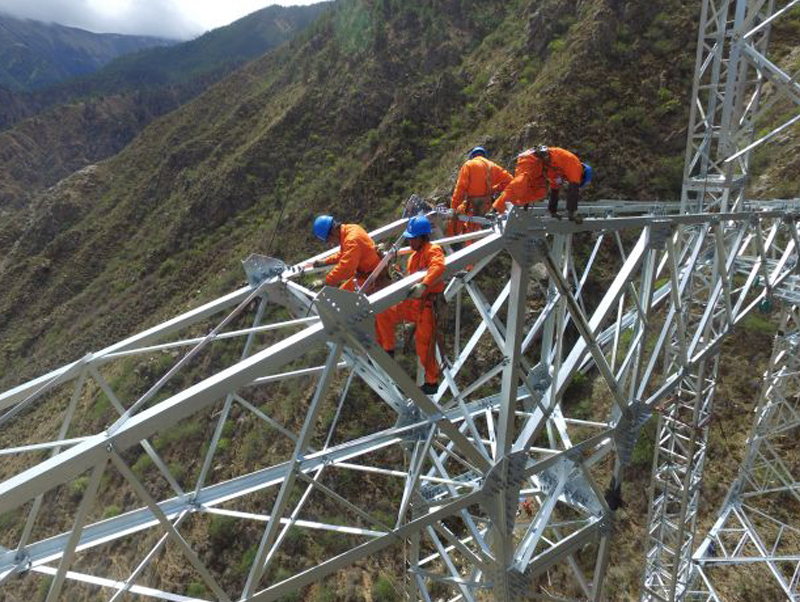
The corrosion of power transmission towers is mainly affected by climatic factors. For example, alkaline gases and acid gases present in the atmosphere, especially in some humid climate areas, the tower is prone to corrosion. Therefore, in order to prevent the corrosion of the tower, the electric power company staff usually adopts a series of anti-corrosion measures, such as the anti-corrosion paint brushing the surface of the tower material. However, in the actual anti-corrosion work, the coating work of the anti-corrosion layer often appears irregular and unreasonable phenomenon, so that the anti-corrosion layer has a lot of defects, does not play a good protective effect, resulting in corrosion [2 ]. In addition, in the specific coating, the company did not uniformly regulate the coating thickness and other related standards, so that the coating thickness is not very uniform. If the coating thickness is too large, cracking will occur, otherwise the anti-corrosion effect will not be obtained. Therefore, if the quality control and management of painting work are not enhanced in time, there will be many defects in the coating, which will affect the overall anti-corrosion effect and reduce the overall service life of the tower.
2. the main problems of transmission tower in the protection work
Compared with the old tower which has been built and used for a long time, it is necessary to remove the original coating in the protection work, and then use the cold spraying zinc for anti-corrosion treatment.
When the galvanized layer of the iron tower is damaged, brushing the zinc spray can effectively prevent the destruction of the rust situation, this shows that the steel tower members in the protection of the work of zinc plating has a unique advantages of protection. Because this kind of coating method not only the construction is simple, moreover the cost input is also relatively low, therefore is regarded as the tower anticorrosion protection work one of important means.
However, this method also has some problems in the protection, such as zinc layer has a relatively weak surface, so many coatings can not be effectively attached to the zinc layer, thus reducing the overall protective effect of the coating. At the same time, the paint repair frequency is relatively large, almost every two or three years need to carry out a painting. And in the coating before painting also need to carry out the relevant oil removal, derusting work, in the actual work if the rust can not be thoroughly treated clean, then the tower will soon again appear corrosion, which greatly weakened the effectiveness of the protection work. Therefore, we should strengthen the study of reducing the rust removal process, streamline the coating process, and continuously improve the quality and effectiveness of the tower protection.
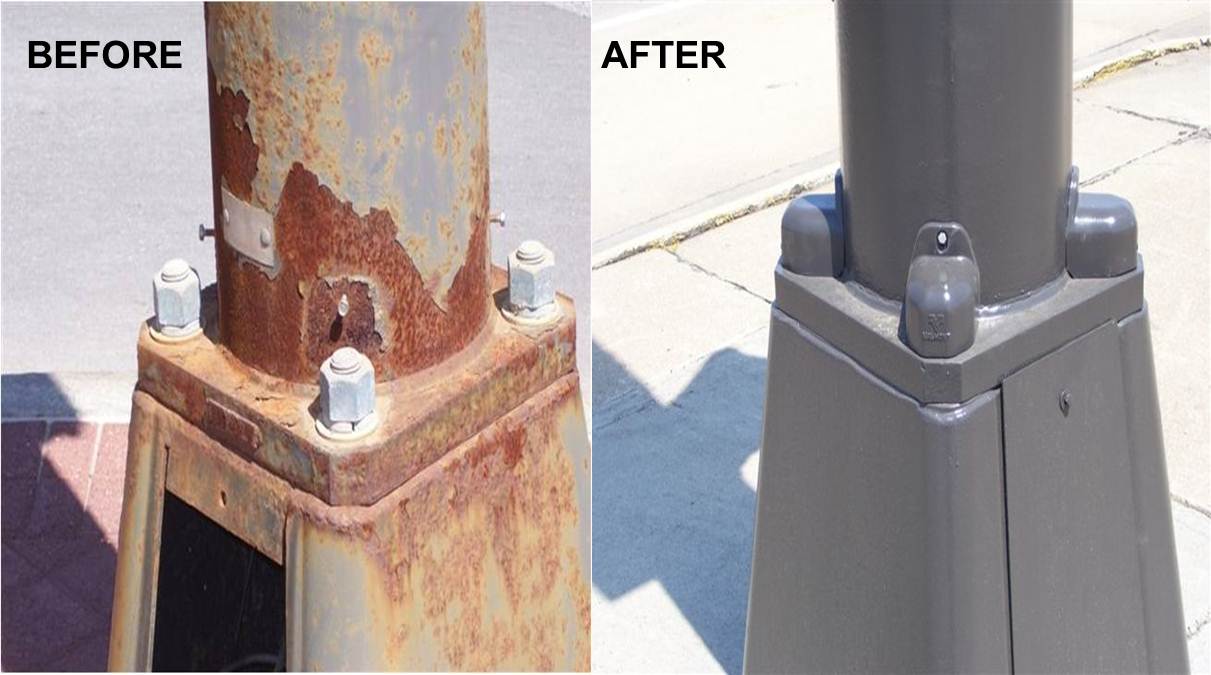
Iii. effective strategies for strengthening the protection of transmission towers
(a) Protection of new towers Because the tower is mainly in the external environment, often faced with a variety of natural environment, the degree of corrosion and its causes are also different. Therefore, in the protection of the tower, we need to combine the local environmental characteristics to take targeted protection measures. In the relatively poor pollution of the mainland, the air humidity is small, salt concentration is also low, so the zinc layer of the Iron Tower corrosion degree is also relatively mild, hot dip galvanized can play a good protective effect, so you can through the hot Dip galvanizing method to protect the inland area of the new tower. and relative to the coast, it is not only a large humidity, but also very high salt concentration, because of its harsh natural environment, make the tower is prone to the overall corrosion phenomenon, in response to this situation can be used in hot-dip galvanized anti-corrosion coating coating, to achieve the double protection of the tower to enhance the protective effect [3].
In addition, in the actual painting should pay attention to quality control, strengthen the hot-dip galvanizing layer and anti-corrosion coating between the two forces, so as to continuously extend the overall service life of transmission towers.
(ii) Corrosion protection of the Iron Tower At present, we often see the corrosion of the Iron tower, so it should be the focus of protection work. Relevant staff should be in the area of the corrosion of the tower to investigate, timely understanding of those who have corroded the basic situation of the tower, in the grasp of the tower’s environmental characteristics and corrosion, corrosion reasons, and so on, based on targeted protection methods, anti-corrosion coating of the painting work. For example, Acrylate topcoat itself has a good anti-corrosion performance, with alkali, water and acid and other advantages, can be the general tower protection. In the less polluting areas of the interior, the tower should be protected by a coat of primer and a layer of acrylic paint, ensuring that both the topcoat and the primer are in two ways. In the environment is more bad or more polluting coastal areas, should be combined with the actual corrosion of the tower to take the most appropriate protection measures, the maximum lifting anti-corrosion materials salt resistance, water resistance and acid resistance [4]. Fluorocarbon resin materials, such as not only has heat-resistant characteristics, but also has strong stability, can protect the tower from other kinds of chemical substances corrosion, but this material needs high-temperature curing to use, so the relatively high cost, resulting in relatively few applications. Acrylate also has a good salt resistance and acid resistance, can meet the needs of the tower protection work.
Therefore, in the coastal area of the tower protection work, can be a certain characteristics of the primer and acrylate topcoat Organic combination method, and can be appropriate to increase the epoxy paint coating, and further enhance the protection of the tower.
Conclusion: In a word, with the continuous development of power grid construction, the corrosion of transmission towers is more and more common and serious, so enterprises should attach great importance to the protection of the tower, correct understanding of regional environmental characteristics and the extent and causes of the corrosion of the tower, take new paint and new technology for the tower protection
At the same time, according to the characteristics of the new tower and the corrosion of the Iron tower, to take targeted protection work, as far as possible to enhance the anti-corrosion capacity, to extend the overall life of the tower, thus promoting the long-term effective development of electric power.
Reference documents:
[1] Yazanu, Li Xingeng, Shi Bin, Guo Kai. Total life cycle cost of transmission tower corrosion Protection [J].
China power, 2015,02:150-155. [2] Chen, Zhangjianqui, Huang Weilin, chat, handsome XI. Local corrosion failure analysis and protection of galvanized iron tower in transmission line [J].
China power, 2015,05:139-143. [3] Dr. Yu.
Experimental study on Phosphating and nano-modified anticorrosive coatings of corroded transmission towers [D]. Ncepu, 2012. [4] Chen Yao, Anzhen. Corrosion analysis of transmission towers and protection design of organic coatings [J]. Modern paint and painting, 2010,10:23-27.
Keywords: transmission tower; corrosion problem; protection research


